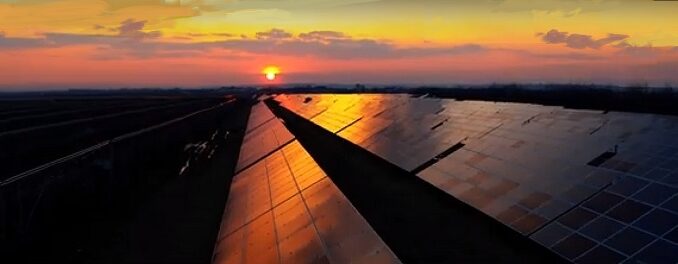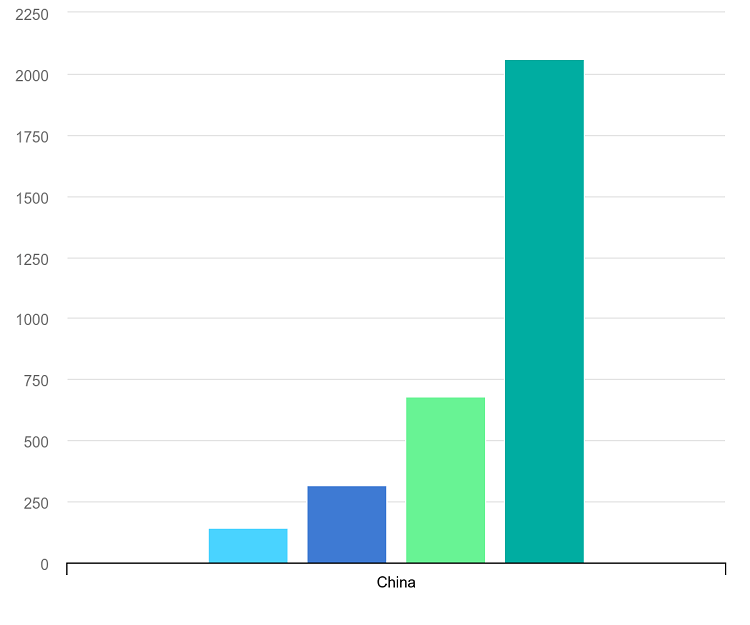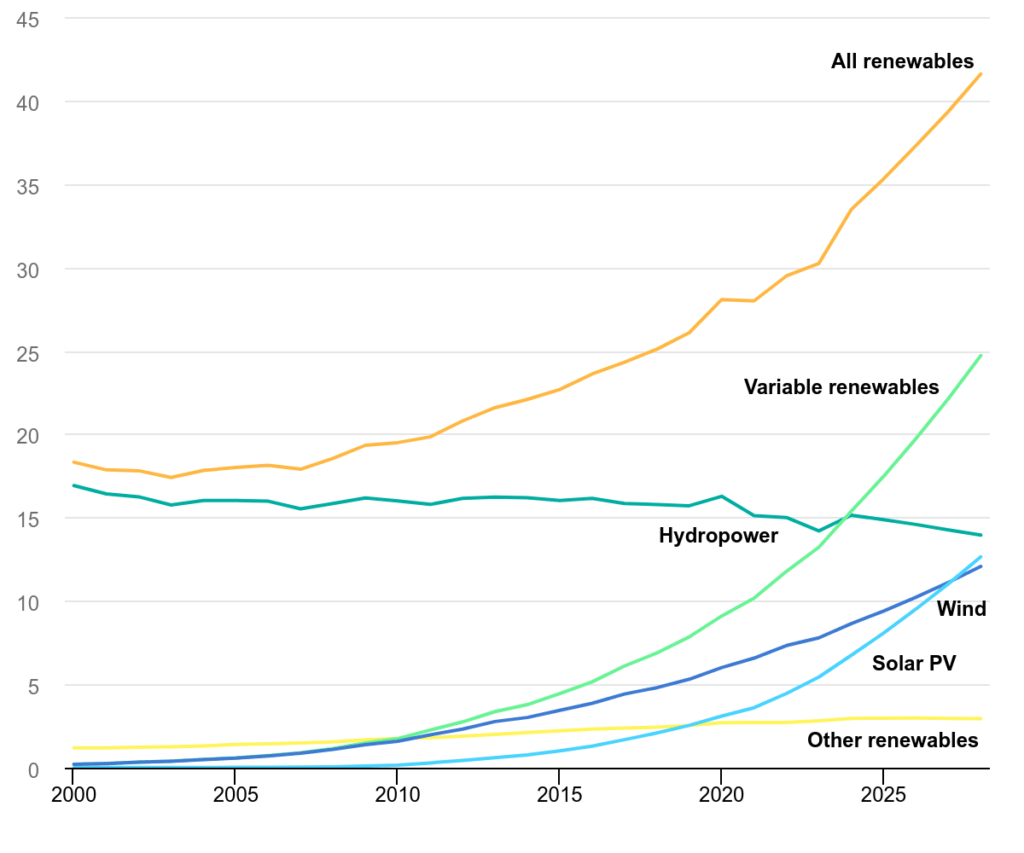
BRICS members China, India and Brazil are among the world’s top solar power generators.
According to the International Energy Agency (IEA), in 2023 China commissioned as much solar energy generation as the entire world did in 2022.
China, USA, India and Brazil collectively accounted for 75% of global solar growth last year. For the 19th consecutive year solar energy has maintained its status as the fastest-growing electricity source worldwide.
India has surpassed Japan to become the world’s 3rd largest solar power generator, ranked after China and the USA. It has climbed from the 9th rank in 2015, according to a report from global energy think tank Ember, which said that India saw the world’s fourth-largest increase in solar generation in 2023 (+18 TWh), behind China (+156 TWh), the United States (+33 TWh) and Brazil (+22 TWh).
Extracts from IEA executive summary:
China is the world’s renewables powerhouse
China accounts for almost 60% of new renewable capacity expected to become operational globally by 2028. Despite the phasing out of national subsidies in 2020 and 2021, deployment of onshore wind and solar PV in China is accelerating, driven by the technologies’ economic attractiveness as well as supportive policy environments providing long-term contracts.
Our forecast shows that China is expected to reach its national 2030 target for wind and solar PV installations this year, six years ahead of schedule. China’s role is critical in reaching the global goal of tripling renewables because the country is expected to install more than half of the new capacity required globally by 2030. At the end of the forecast period, almost half of China’s electricity generation will come from renewable energy sources.
Renewable electricity capacity growth in China, main case, 2005-2028

Last updated 8 Jan 2024
The global power mix will be transformed by 2028
The world is on course to add more renewable capacity in the next five years than has been installed since the first commercial renewable energy power plant was built more than 100 years ago.
In the main case forecast in this report, almost 3 700 GW of new renewable capacity comes online over the 2023‑2028 period, driven by supportive policies in more than 130 countries. Solar PV and wind will account for 95% of global renewable expansion, benefiting from lower generation costs than both fossil and non‑fossil fuel alternatives.
Over the coming five years, several renewable energy milestones are expected to be achieved:
- In 2024, wind and solar PV together generate more electricity than hydropower.
- In 2025, renewables surpass coal to become the largest source of electricity generation.
- Wind and solar PV each surpass nuclear electricity generation in 2025 and 2026 respectively.
- In 2028, renewable energy sources account for over 42% of global electricity generation, with the share of wind and solar PV doubling to 25%.
Share of renewable electricity generation by technology, 2000-2028

Last updated 18 Dec 2023
Read more: